I’m both a science nerd and a history buff, so naturally I’m fascinated by the history of science.
When I visited Bern several years ago, the Museum für Kommunikation was at the top of my “to do” list. This captivating institution is dedicated to the history of technology-mediated communication, from the cuneiform tablets of the Sumerians, through the gamut of the postal service, telephony, telegraphy, radio, television, computers and the Internet. Upon my return from Switzerland I eagerly blogged my highlights from the museum.
More recently, I’ve just come back from a trip to the UK, where of course I continued my exploration of geeky curiosities. I was delighted to have discovered three excellent museums, from which I will now share some of my highlights.
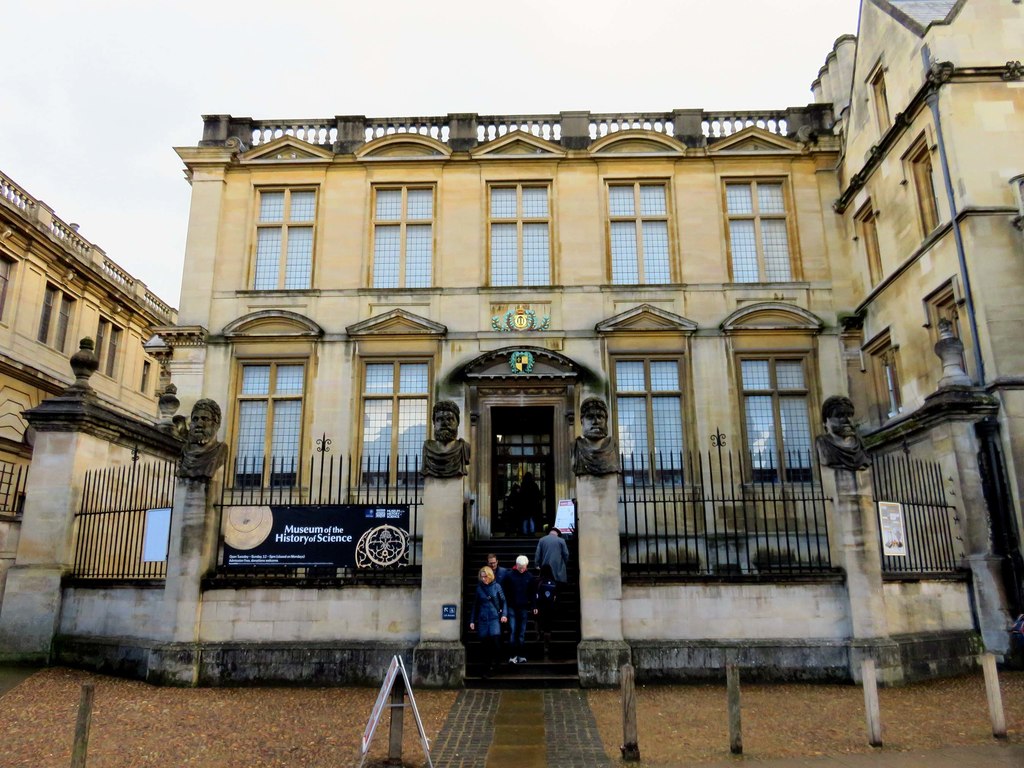
My first discovery was the Museum of the History of Science in Oxford, which houses “an unrivalled collection of early scientific instruments”. Indeed this institution houses a wide diversity of vintage apparatus – from microscopes to telescopes, abacuses to astrolabes.
I think the strength of this collection is the sheer age of some the artefacts, such as the spring-operated prosthetic hand (Figure 1) which is thought to be from the 1500’s!
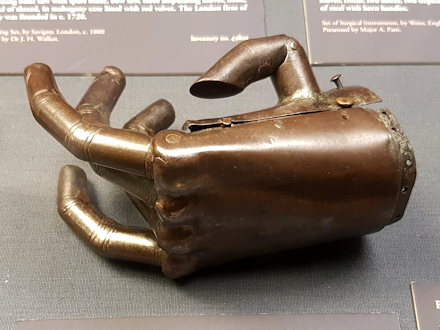
Figure 1. Artificial Hand, 16th Century?
My second discovery I wish to share with you, which I’m ashamed to admit wasn’t originally on my “to do” list, was the Science Museum in London. Tight for time, I had bigger fish to fry, but my good friend in Kensington urged me to visit this place a mere tube stop away. And boy I’m glad I did.

If the Museum für Kommunikation and the Museum of the History of Science are impressively stocked, the Science Museum is the mother lode. I could have spent days poring over its expansive collection, and I intend to return to do so.
I think the strength of this collection is the sheer fame of some the artefacts. For example…
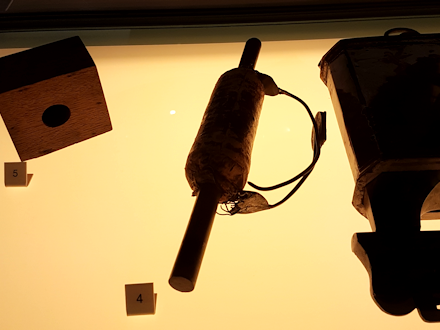
Figure 2. Faraday’s Magnet and Coil, 1831 – that’s Michael Faraday. You know, the godfather of electromagnetism.

Figure 3. Lumière Cine-Camera and Projector, 1896 – the type of camera which recorded that ground-breaking footage of a train arriving at La Ciotat.

Figure 4. Enigma Machine, 1934 – a suitable corollary to Faraday’s magnet and coil, this ingenious electromagnetic device needs no introduction for anyone who’s watched The Imitation Game or The Bletchley Circle.
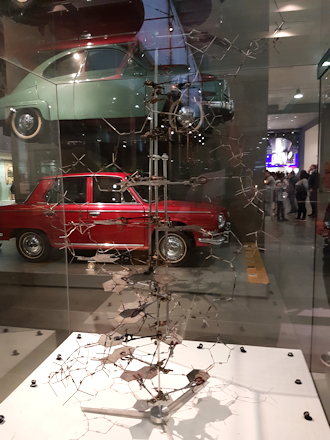
Figure 5. Watson and Crick’s 3D Model of DNA, 1953 – the glorious double helix.
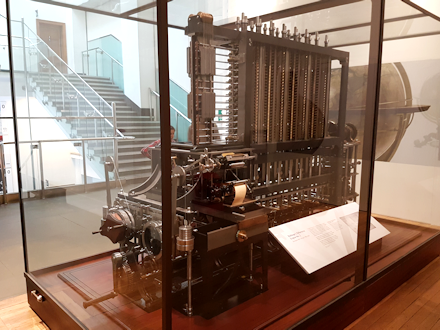
Figure 6. Babbage’s Difference Engine No. 2, 1985-2002 – in the 1980’s, the museum began building Chuck’s 138-year-old design for a mechanical calculating machine, finally completing it in 2002.
My third and final discovery I wish to share with you was the Wellcome Collection, yet another destination which was inexplicably omitted from my “to do” list. The only reason I visited it was because my wonderful wife pointed it out as we were walking past.
This institution founded by pharmaceutical magnate Henry Wellcome specialises in human health. Hence I think the strength of this collection is focus, particularly the “Medicine Man” exhibition including the following array of medieval surgical equipment (Figure 7).
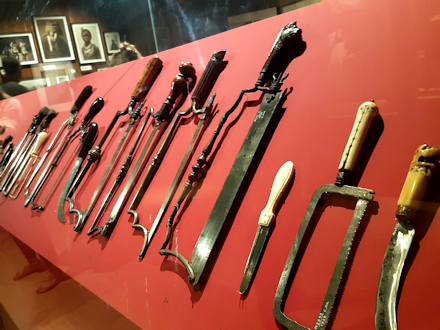
Figure 7. Centuries-old surgical tools.
There’s just so much good stuff in these museums, highlighting more would make this blog post a mile long and might breach some sort of copyright regulation. For more of their artefacts, including several that are relevant to financial services, follow me on Twitter where I’ll post them over the course of the next week or so.
Unlike the “vintage future” whereby people of the past predicted a largely fanciful civilisation, each of the objects I have highlighted here offered a glimpse of our real future. In their respective moments in time, they weren’t theoretical constructs or figments of imagination; rather, they were manifestations of advances in technology upon which further advancements were rendered possible.
Which begs the question: What will be our next advances in technology, given the manifestations we see in this moment in time?
While we await our brave new world, I hope you have the opportunity to visit the museums I have mentioned and embrace your journey back to the future.
Hi Ryan, thanks for the heads up. I will put them on my to do list for the future. Others i want to revisit and you might like if you return to London are the natural history museum, Kensington and the Imperial War Museum ( London, cannot remember exact location now).
Sorry to have missed you, maybe catch up with next time you make it to the UK.
Thanks Steve, I’ve added them to my “to do” list for the return journey.
Apologies for not reaching out while I was there. It was a bit of a whirlwind tour with my wife, and so I didn’t reach out to anyone except for my BFF.
Next time I’ll organise a meetup :)
I will definitely have to visit that museum in Oxford. Thanks for the tip!
Cheers Ken.
Thanks for this list. I would note these down and definitely visit them someday.
Enjoy, Aadit!